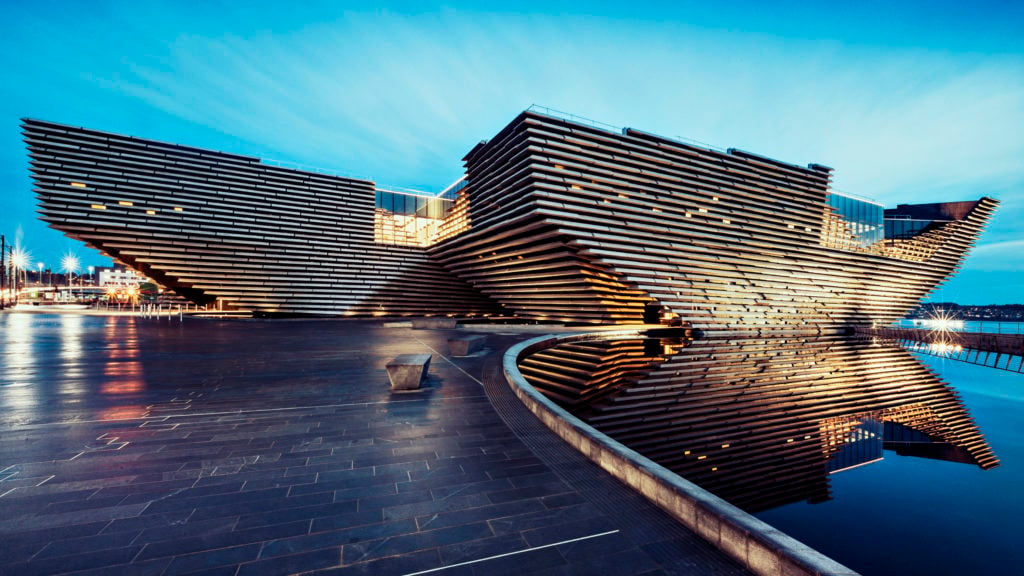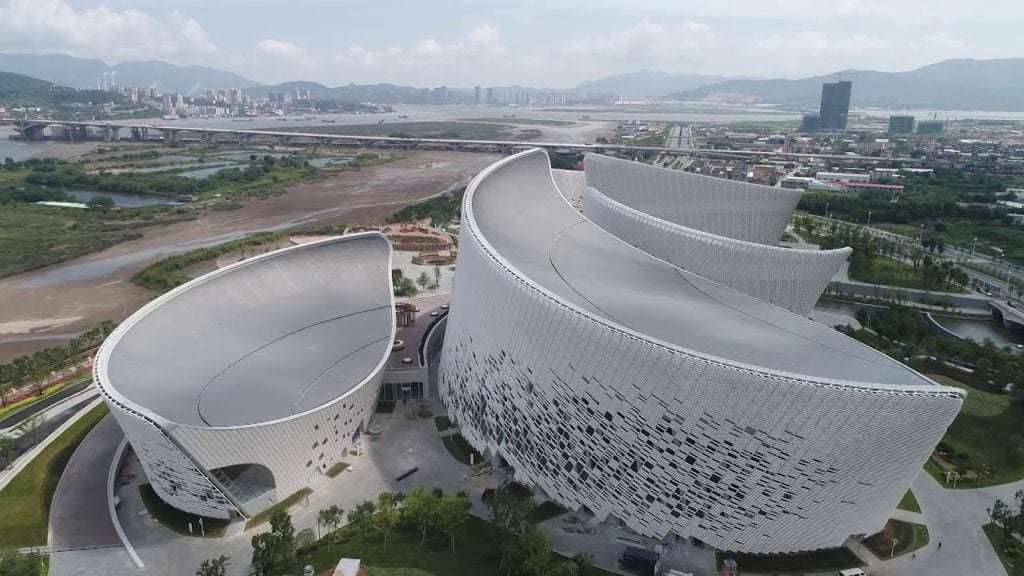Art World
A Whopping $8 Billion Was Spent on New Cultural Buildings Last Year—and the Peak May Be Yet to Come
Spending in Australia and New Zealand has risen especially.

Spending in Australia and New Zealand has risen especially.

Eileen Kinsella

A hefty $8 billion was spent on the construction of 148 museums and cultural institutions around the globe in 2018, according to the third annual Cultural Infrastructure Index, a report compiled and published by AEA Consulting.
The overall sum spent is down from $9.9 billion (across 107 projects) in 2017, though researchers point out that the difference is due to the tremendous amount of money put into the Louvre Abu Dhabi, which juiced the 2017 figures. Otherwise, spending “represent[s] a fairly constant picture,” according to the report, which was released today, August 29.
“We have been looking for indicators that suggest peak cultural infrastructure investment has been reached, but the announced trend line seems remarkably constant over the past three years and the number of completed projects has increased each year over the same period,” according to AEA Consulting.
The report finds that the median budget for announced projects has risen slightly to $38 million, up from $36.8 million in 2017. Meanwhile the median budget for completed projects dipped to $34.5 million from $36.1 million.
Overall, building in Asia is up, with the value of completed projects up to $2.1 billion from $1.5 billion, while the costs of announced projects more than tripled, to $3.2 billion from $1 billion.

The Strait Culture and Art Centre (SCAC) was opened in Fuzhou, China, in October 2018. Photo © PES-Architects.
The three highest-value completed projects—the Tai Kwun Center for Heritage and Arts in Hong Kong ($482 million); the Strait Culture and Art Centre in Fuzhou ($463 million); and Guangxi Culture and Art Center in Nanning ($427 million)—were all in China, as is the most expensive announced project, Valley XL in Beijing ($2.8 billion). The latter is also the priciest on record for a single initiative since AEA began tracking figures.
But some of the biggest increases in investment can be found in Australia and New Zealand, where the total amount of money poured into announced and completed projects has risen to $1.3 billion from $325 million.
Europe, meanwhile, has cut back, with the costs of finished buildings down to $1.7 billion in 2018 from $3.6 billion the year prior. Developers of announced initiatives have also scaled down, pledging only $2.1 billion, down from $3.3 billion.
North America continues to lead with respect to the number of buildings being constructed, with 58 completed and 51 planned. Europe came in second place again, with 44 completed and 34 announced, while Asia came in third place with 26 completed and 14 announced.
However, the authors stress that the ranking is “significantly different by volume of investment: Asia is in second place for completed projects and first place for announced projects—suggesting a predictable longer-term shift in investment patterns.”
AEA Consulting concedes that the index is not exhaustive but is aimed at providing a broad snapshot of global cultural infrastructure investment. But overall, the report finds that museums remain by far “the most dominant building type by number and budget,” accounting for a little over half the total number of projects and just under half of total investment.